Giggle incontinence is provoked by an episode of laughter. It is less commonly known than other types, however can be very debilitating.
The giggle incontinence phenomenon sees children involuntarily leaking in response to giggling or laughter. Whilst in some children, the bladder empties only partially, it can actually empty completely in some children. It is distinct from stress incontinence, which occurs when any pressure is placed on the bladder. Giggle incontinence, on the other hand, is actually connected with a strong trigger of emotion.
Who Does Giggle Incontinence Affect?
Giggle incontinence is typically seen in children, commonly appearing in ages 5 to 7. It is much more common in girls than in boys. Most commonly, it is seen in young girls aged between 7-14 years. The severity of giggle incontinence varies from person to person. It has been shown to often improve with age, with fewer episodes during teenage years. It is, however, known to sometimes persist into adulthood.
Giggle incontinence becomes a problem when it lowers children’s quality of life and interferes with daily tasks. Robert Mevorach, Director of Pediatric Urology at Chesapeake Urology for Kids, states, “occasional daytime wetting in younger children and children who are still toilet training is a normal part of development.” He states, “however, if this begins to interfere with a child’s social development, academic progress, or sense of well-being, an evaluation for pelvic floor muscle dysfunction is important”.
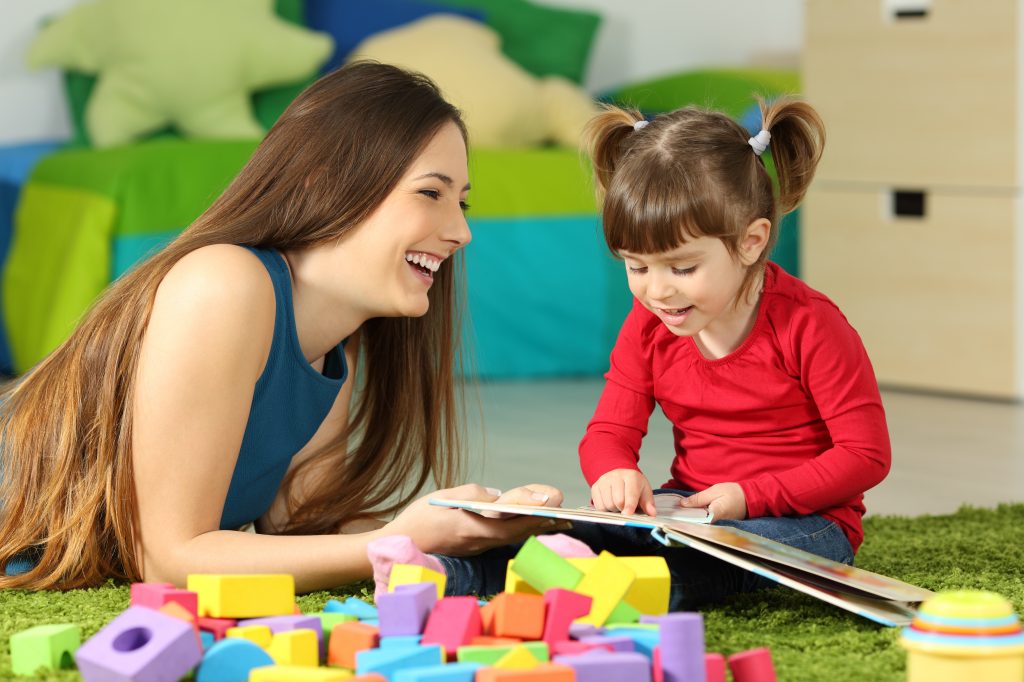
What Causes Giggle Incontinence?
Despite numerous studies, the certain cause of giggle incontinence in children is still not known. Some experts hypothesize that laughter may induce unstable detrusor contractions in children susceptible to detrusor instability. One study in 2002 focused on 109 children with giggle incontinence. The study found that diurnal voiding symptoms were present in 43% of the patients with giggle incontinence. Another study at Schneider Children’s Hospital in New York, found the cause of giggle incontinence to be the involuntary contraction of the detrusor induced by laughter. The risk of giggle incontinence is increased in children with a convulsive disorder. Similarly, children with nerve damage or nerve problems are more likely to have giggle incontinence.
Is your child experiencing incontinence? Read our guide to managing urinary incontinence in children
Treating Giggle Incontinence
Children with giggle incontinence can heighten their external sphincter muscle awareness through treatment.. Studies show that improving sphincter tone and muscle recruitment using biofeedback may be helpful for giggle incontinence. Biofeedback helps to increase a child's external urinary sphincter awareness. Treatment with education and pharmacotherapy has been proven to be successful in a small number of patients. Many experts therefore claim that biofeedback should be considered before pharmacotherapy.
You can read how to strengthen the pelvic floor muscles here.
Recommended Giggle Incontinence Products
- Designed for very light incontinence
- FeelFresh Technology
- For very light incontinence
From £1.99
- Unique body- close design
- Designed in a feminine colour
- Stretchy and breathable
£7.80
- Suitable for sensitive skin
- Comfortable and discreet
- Multi layer absorbency
From £1.57
Does your Child have Giggle Incontinence? Post a Question on our Forum for Expert Answers
Originally posted 2019-04-05 11:25:20.

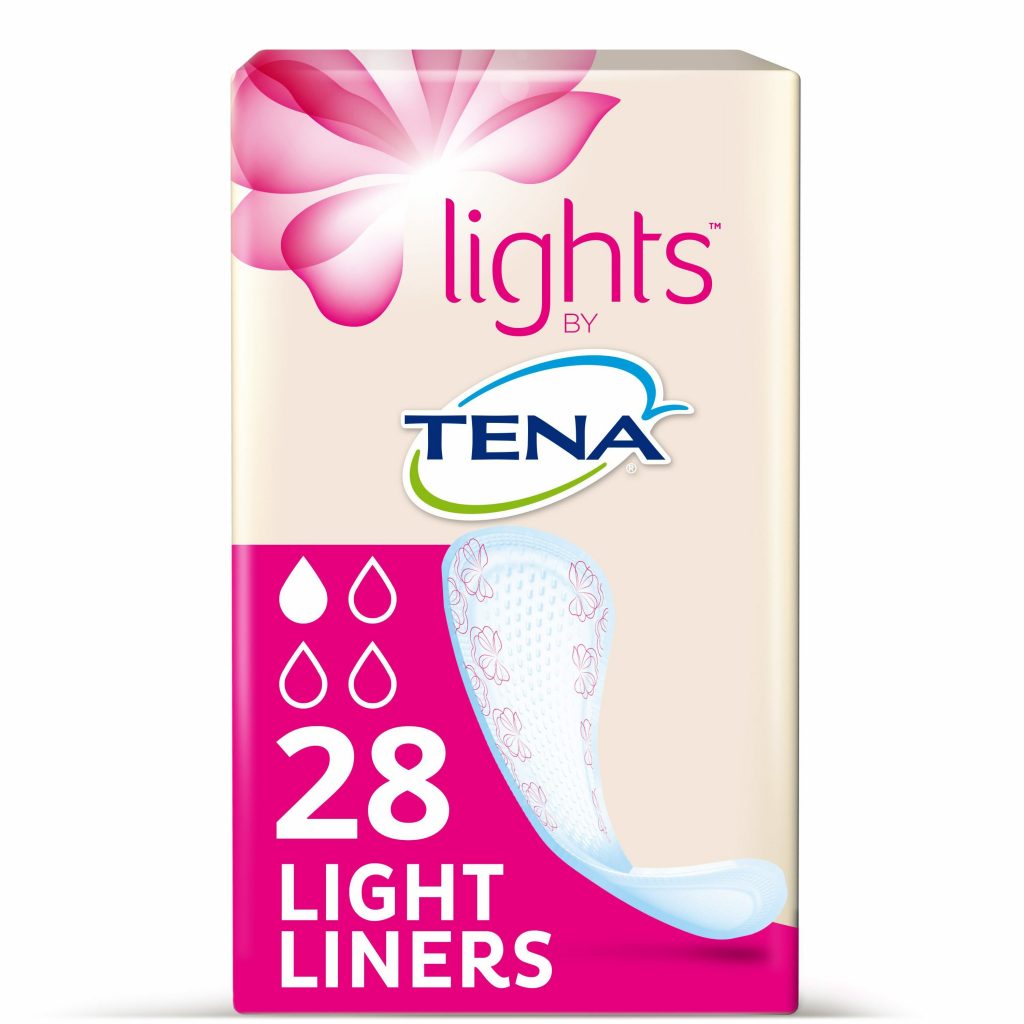
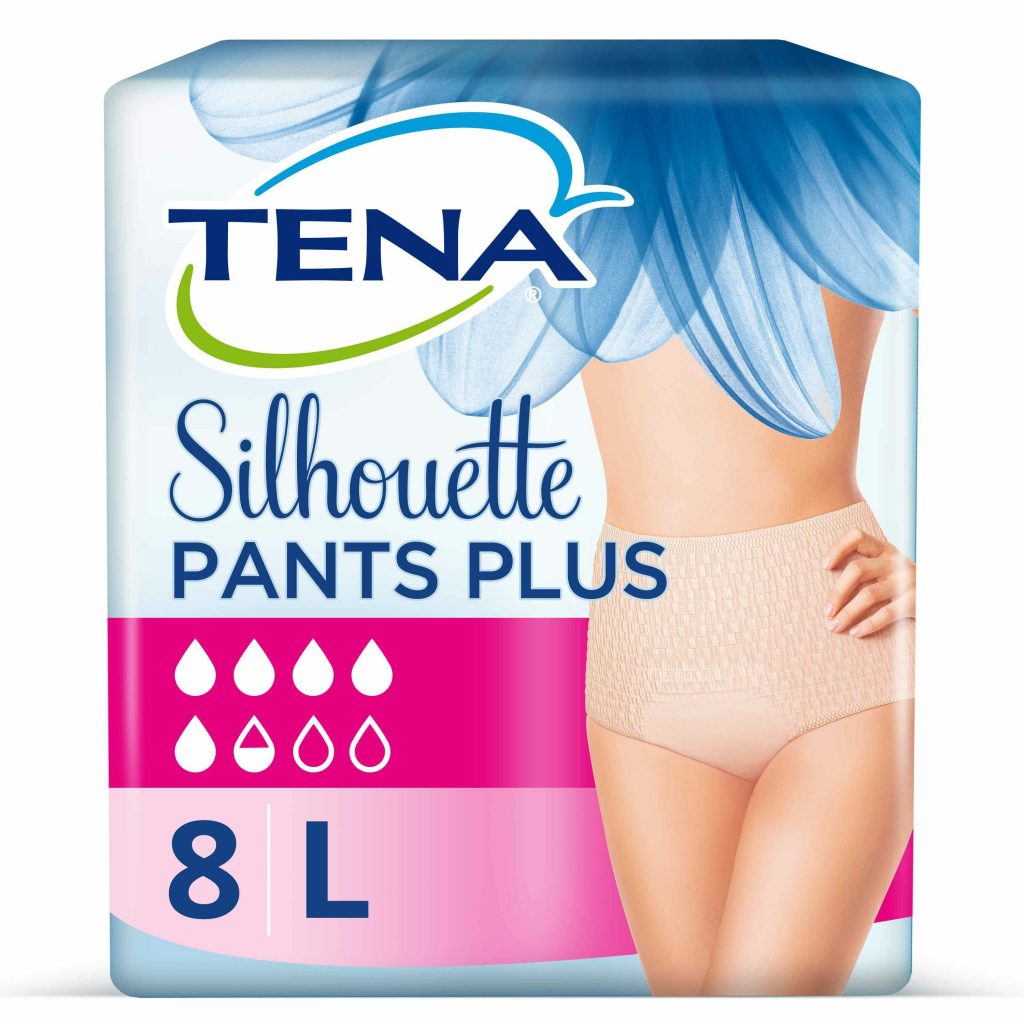
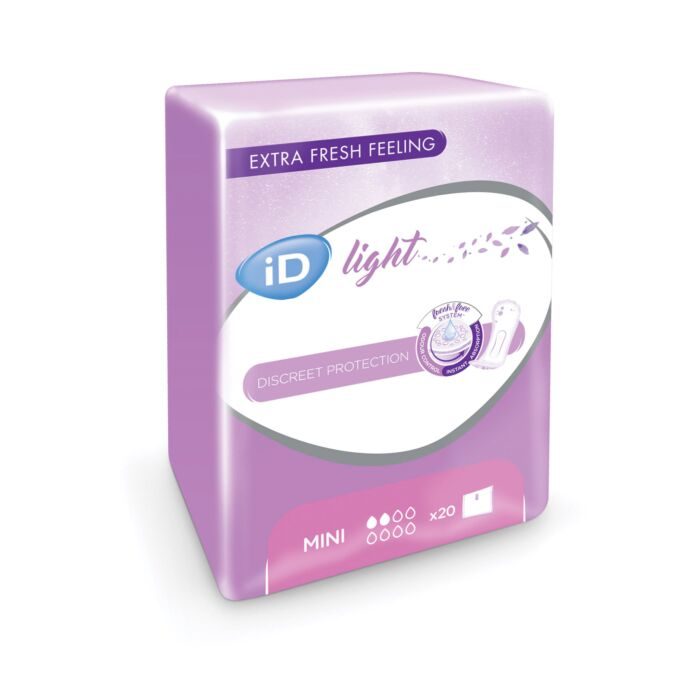
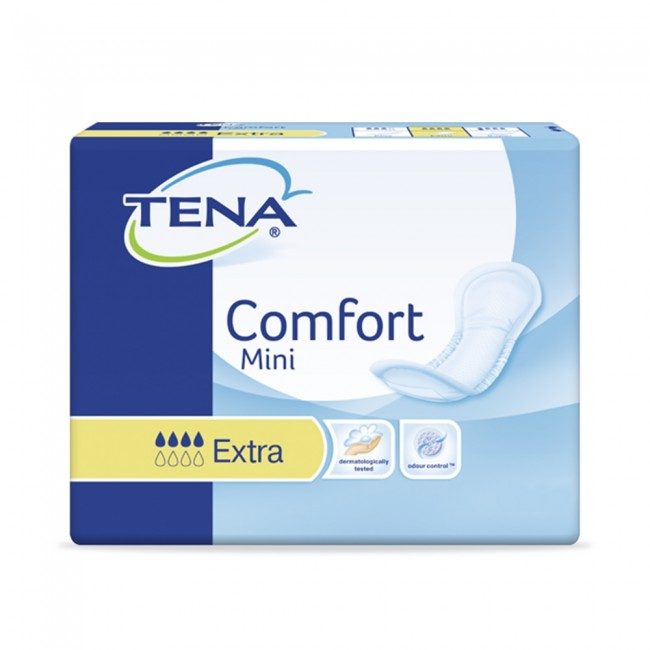
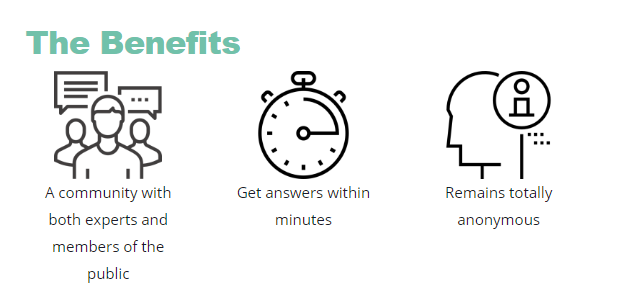


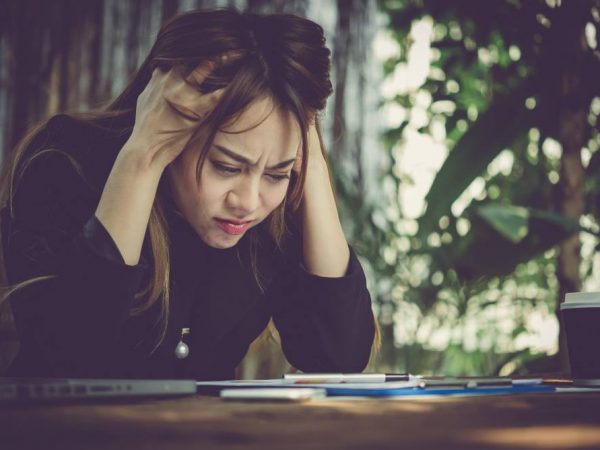
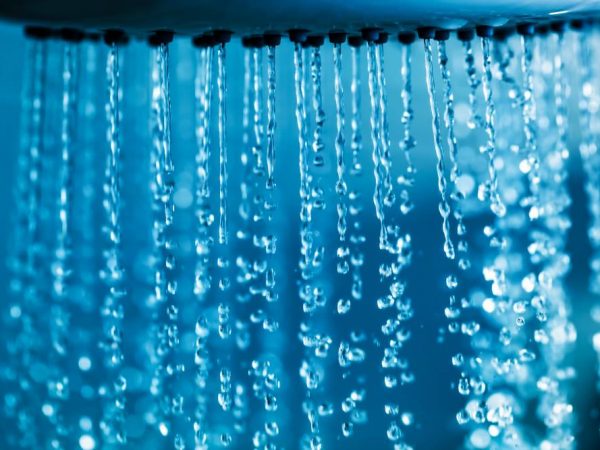
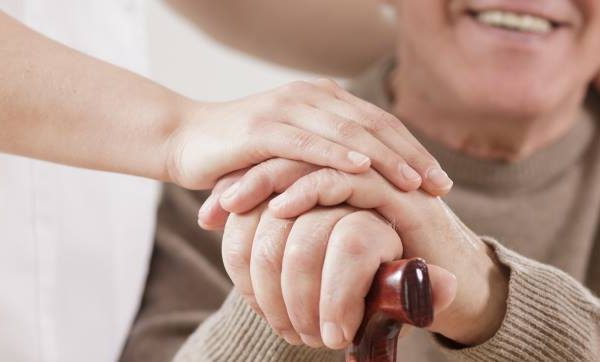


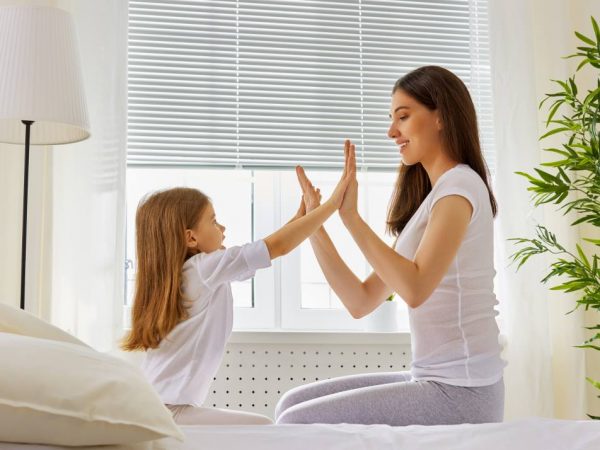



Leave a Reply